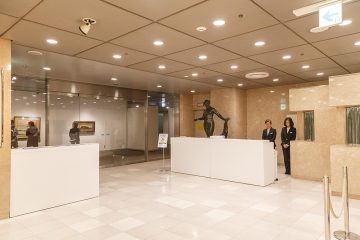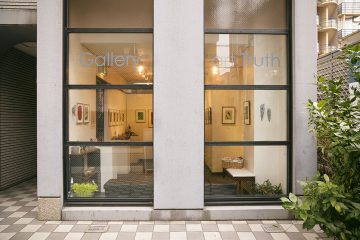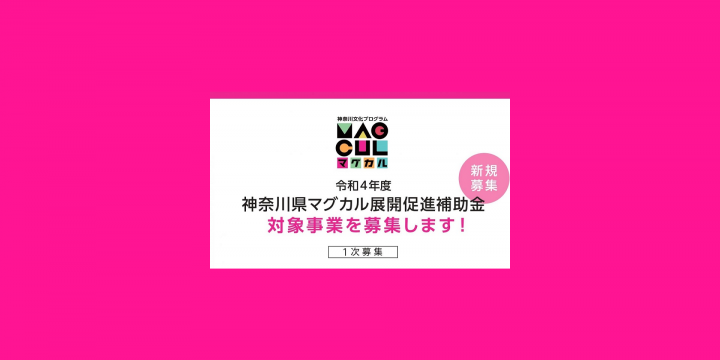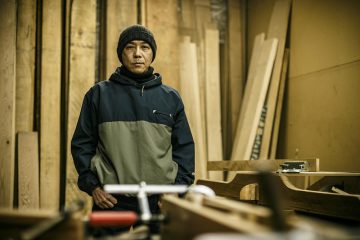Is Noh/Kyoto difficult? There are many performances that people like you should experience!
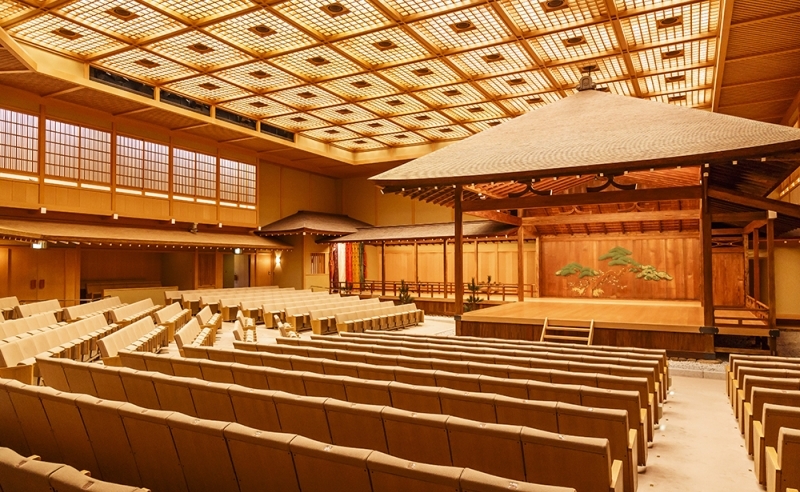
Sneak into an artistic space!
YOKOHAMA ART SPOT FILE
A place where you can easily encounter Japan's proud traditional culture
Yokohama Noh Theater
Yokohama Noh Theater is located on a hill overlooking the Yokohama Minato Mirai area, and is located in a corner of Kambuyama Park, which is also known as a famous spot for cherry blossom viewing in the spring. It's located in a very quiet location away from the hustle and bustle of the city, and one of the attractions of the venue is that you can enjoy a seasonal stroll, enjoying the changing colors of the trees and the falling cherry blossom petals as you make your way to the venue.


The main stage of Yokohama Noh Theater is a restored Noh stage that has long been popular as the old Somei Noh Stage. This stage was built in 1875 at the residence of Nariyasu Maeda, the former lord of the Kaga domain, in Negishi, Tokyo, and later moved to the residence of Yorinaga Matsudaira in Somei, Tokyo, in 1966. It has been widely used. It is the oldest existing Noh stage in the Kanto region and the 8th oldest in Japan, and has been designated as a cultural asset by Yokohama City, as it is a valuable piece of architecture and Noh theater history.

Pay attention to the mirror board in front of the main stage! Generally speaking, most of them have a single ``Oimatsu'' painted on them, but the mirror board at Yokohama Noh Theater is a little different. Along with the old pine tree, ``plum'' and ``root bamboo'' are also depicted. This seems to be something extremely rare. Why the word "plum"?There is also a story that it is named after the plum of Michizane Sugawara, the founder of the Maeda family mentioned earlier.
Despite being a place with such a long history, there are plenty of original programs that beginners who tend to think that ``Noh and Kyōto are difficult'' can enjoy. Yokohama Kyogendo, where you can enjoy two Kyogen songs with explanations for just 2,000 yen, Kyogen workshops for children, and free guided facility tours held once a month are also popular.
We would like to introduce a little bit of the ``Barrier-Free Noh'', which is popular among its uniquely planned performances and is held once a year around the time when the footsteps of spring are heard!``Barrier-free Noh'' is, as the name suggests, This is a performance where people with and without disabilities can share the same time and enjoy Noh and Kyogen together.




A variety of support is provided, including admission tickets and pamphlets in Braille, tactile maps showing the layout of the Noh stage, sign language/computer interpretation, one caregiver free of charge, and supplementary audio. Another point is that we have carefully chosen the programs to create a well-balanced structure that is not too long and is fun to listen to or watch!
A replica corner of the Noh masks that will be used in the performance that day will also be set up outside the hall, where you can actually touch them and get a feel for their shape, size, and feel.

The hall also has space for wheelchairs.

A warm and fun day where everyone can come together and experience Japanese traditional culture. Even first-time visitors can enjoy the show without any hesitation as it comes with detailed explanations. ``Noh/Kyoto sounds difficult...'' This is a world that is truly ``barrier-free'' and will relieve your worries. Please come and see the performance that only Yokohama Noh Theater can offer once a year.
